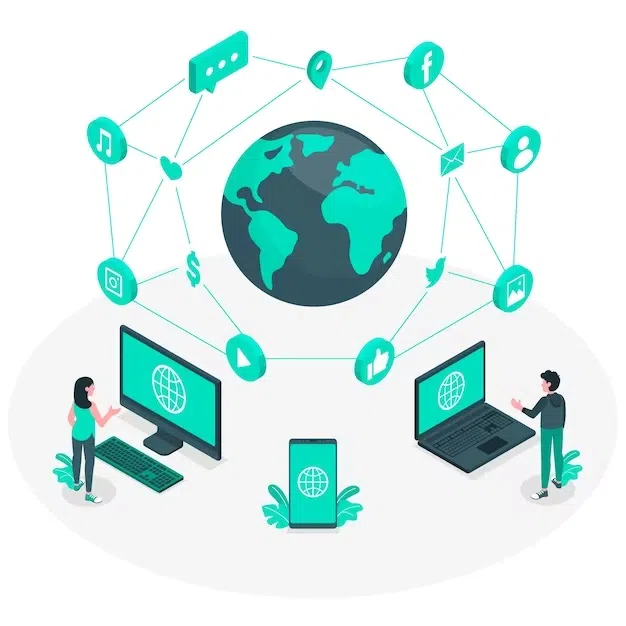Introduction
The intersection of healthcare and technology has always been a catalyst for groundbreaking advancements, revolutionizing the way we approach medical care. In recent years, the advent of the Internet of Things (IoT) has ushered in a new era, where connected devices and data analytics are transforming healthcare into a more personalized, efficient, and proactive system. IoT in healthcare is not just a trend; it’s a paradigm shift with the potential to significantly enhance patient outcomes and streamline healthcare operations. IoT and Health
Understanding IoT in Healthcare
The Internet of Things refers to a vast network of interconnected devices and systems that communicate with each other over the internet, generating and exchanging data. In the context of healthcare, this means integrating medical devices, wearables, sensors, and other instruments to collect and share valuable health-related data. This data can range from vital signs and medication adherence to physical activity levels and more. IoT and Health
The Key Components of IoT in Healthcare
1. Sensors and Devices:
IoT-enabled sensors and devices play a pivotal role in collecting real-time data from patients. These can be wearable fitness trackers, smartwatches, blood pressure monitors, glucose monitors, and even pill dispensers. IoT and Health
2. Connectivity:
High-speed, secure connectivity ensures that data from sensors and devices can be transmitted in real-time to healthcare providers and systems, enabling timely analysis and responses.
3. Data Processing and Analytics:
Advanced analytics and artificial intelligence are utilized to process the massive amounts of data generated by IoT devices. This analysis yields actionable insights for both patients and healthcare professionals.
4. Cloud Storage:
Cloud-based storage solutions securely house the extensive data generated by IoT devices. This facilitates easy access, retrieval, and sharing of information among authorized stakeholders.
5. Applications and Platforms:
Specialized applications and platforms are developed to enable the seamless interaction between patients, healthcare providers, and IoT devices. These applications often provide a user-friendly interface for patients to monitor their health and for healthcare professionals to access patient data.
Benefits of IoT in Healthcare
1. Remote Patient Monitoring:
IoT allows healthcare providers to remotely monitor patients with chronic conditions. This continuous monitoring can detect early signs of deterioration and enable timely interventions.
2. Enhanced Disease Management:
Patients can actively participate in their healthcare by tracking their health metrics through wearable devices. This promotes better adherence to treatment plans and encourages a healthier lifestyle.
3. Optimized Operational Efficiency:
Hospitals and healthcare facilities can optimize their operations by utilizing IoT to manage inventory, streamline workflow, and track equipment usage.
4. Predictive Analytics for Better Decision-Making:
By analyzing historical and real-time data, IoT facilitates predictive analytics, helping healthcare providers anticipate patient needs, optimize resource allocation, and improve overall decision-making.
5. Improved Patient Experience:
The use of IoT can enhance patient satisfaction by reducing waiting times, automating administrative processes, and providing a more personalized and efficient healthcare journey.
Challenges and Future Considerations
While the potential benefits of IoT in healthcare are immense, there are challenges that need to be addressed, including data security and privacy concerns, interoperability issues, and the need for standardized protocols.
Conclusion
The future of connected healthcare lies in continued research, innovation, and collaboration. As technology evolves, we can expect to see even more sophisticated IoT solutions that seamlessly integrate into our lives, providing a holistic and data-driven approach to healthcare. With proper regulation, investment, and a focus on patient-centric care, IoT is set to shape the healthcare landscape, creating a healthier and more connected world.
For more updates stay with boardofjobs.com


